Sarah’s small studio apartment felt brand new after she added three tiny succulents to her windowsill. Even though they were only two inches wide, they made a big difference. These mini plants look amazing and don’t need much space, water, or care. They’re great for busy people, beginners, and renters. You’ll find all kinds of tiny houseplants—from ones that can go without water for weeks to flowering plants that brighten up dark rooms.
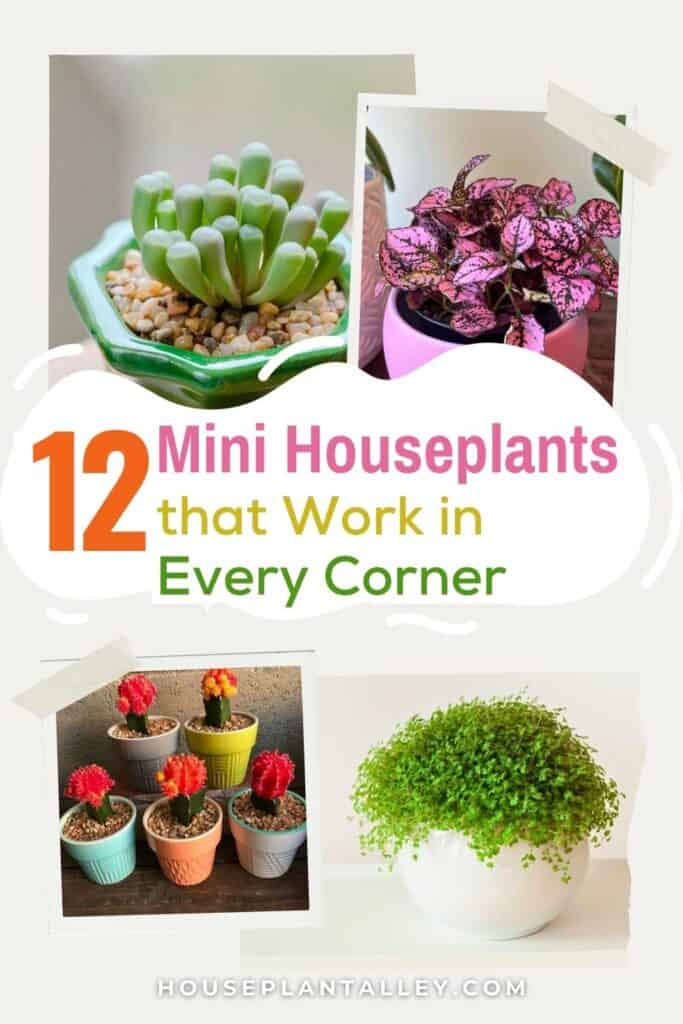
Contents
Why Small Indoor Plants Are a Great Choice
- 🌱 Small houseplants fit in tight spaces and don’t clutter shelves or tables.
- 🌬️ Like big plants, they help clean the air and add oxygen indoors.
- 🌈 They make your home look nice without blocking sunlight.
- 🕒 Most types are easy to take care of and don’t need frequent watering.
Popular Tiny Plants for Indoors
String of Pearls
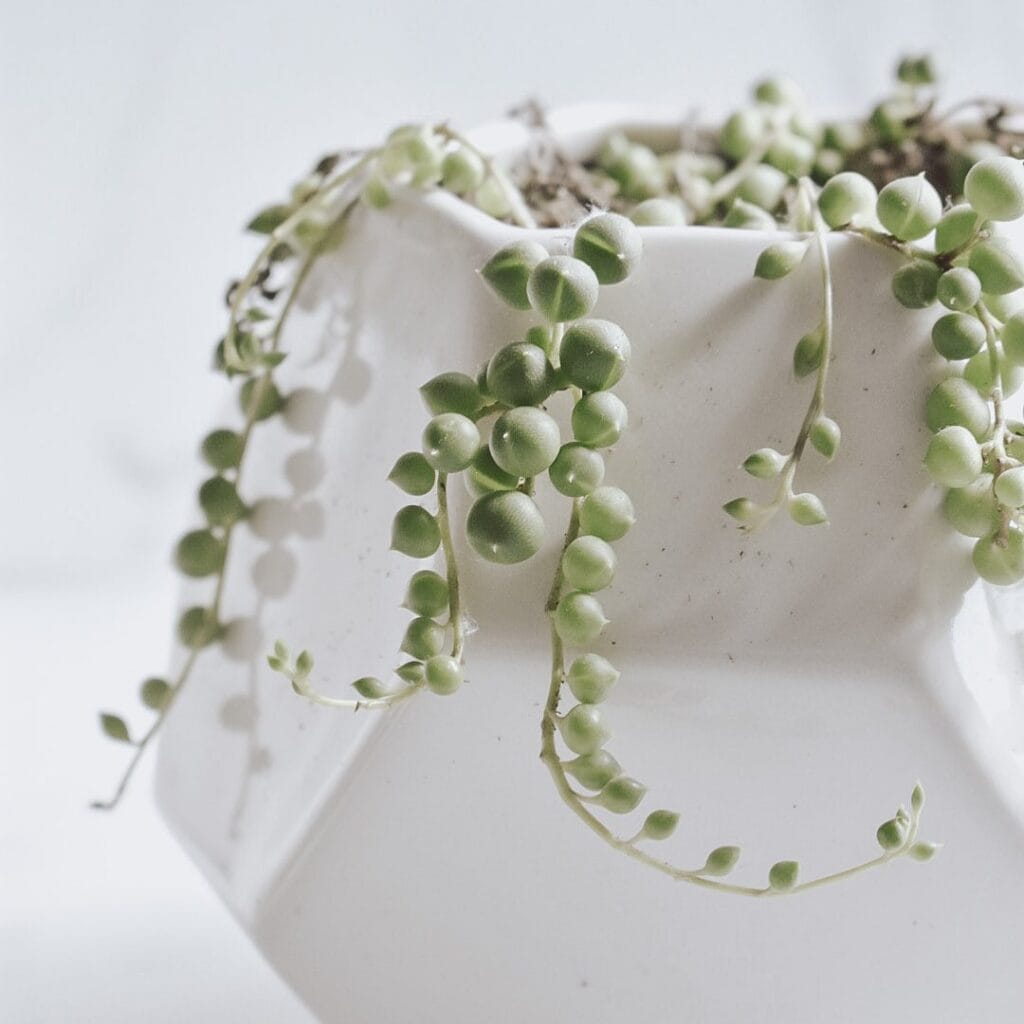
String of Pearls is a hanging plant with little round leaves that look like beads. The vines can grow long and hang down beautifully.
- Grows well indoors with low light
- Needs pruning to stay full and healthy
- Best in hanging pots or containers
Kalanchoe
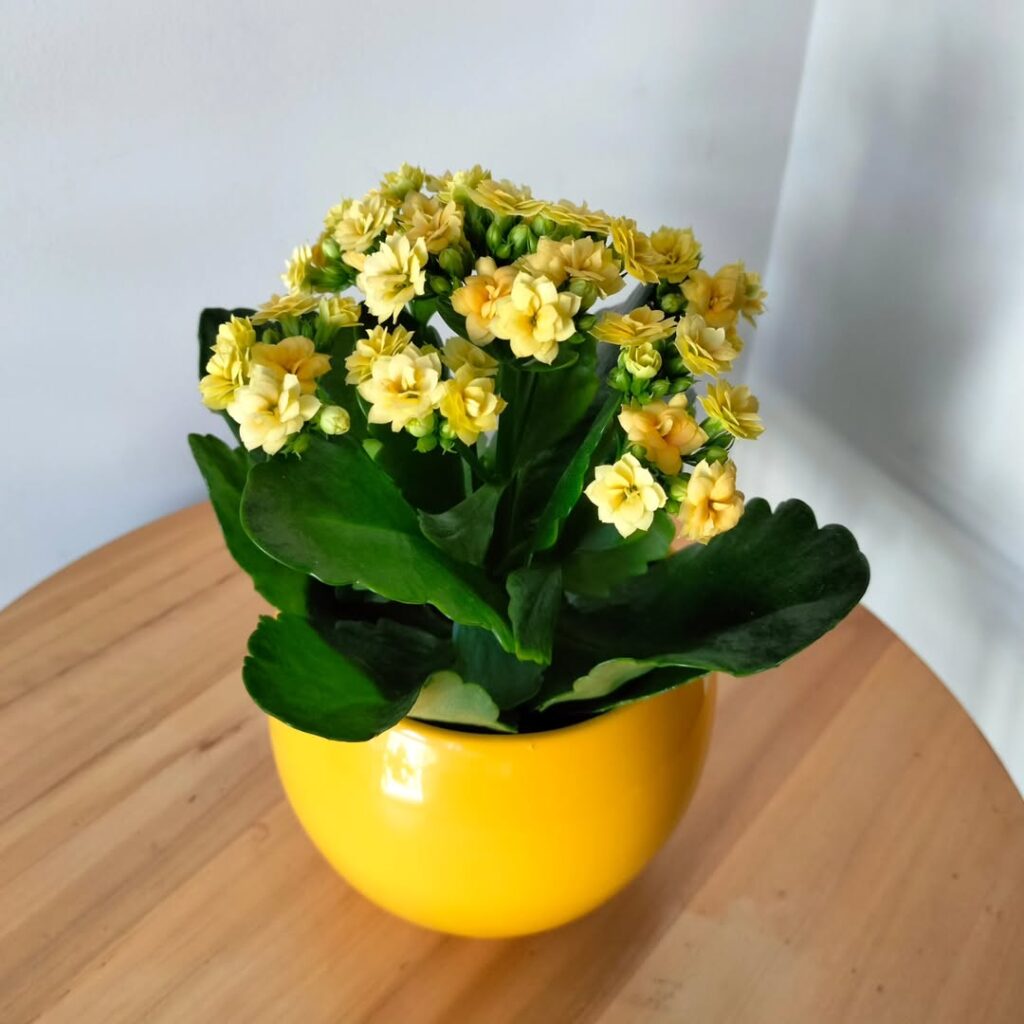
Kalanchoe is a small plant with bright flowers in red, pink, yellow, and orange. It’s part of the succulent family.
- Blooms last several weeks
- Needs bright light but only a little water
- Great for teacups or mini pots
Polka Dot Plant
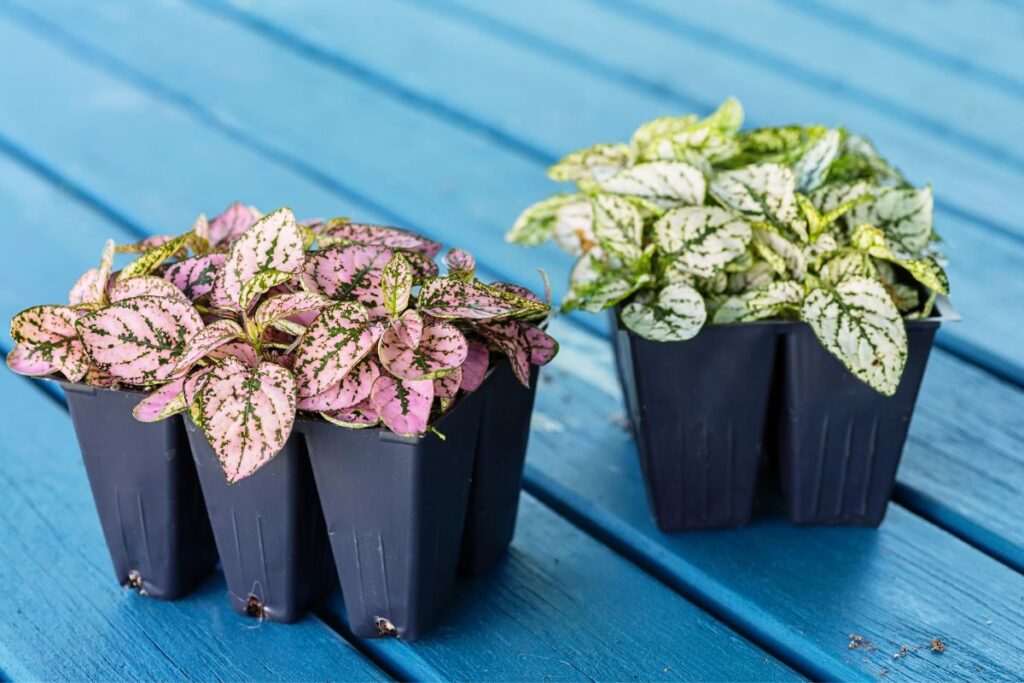
This plant has leaves with colorful spots—pink, white, red, or silver on green backgrounds.
- Likes bright, indirect light
- Needs slightly moist soil
- Pinching flower buds helps it grow bushier
Lithops (Living Stones)
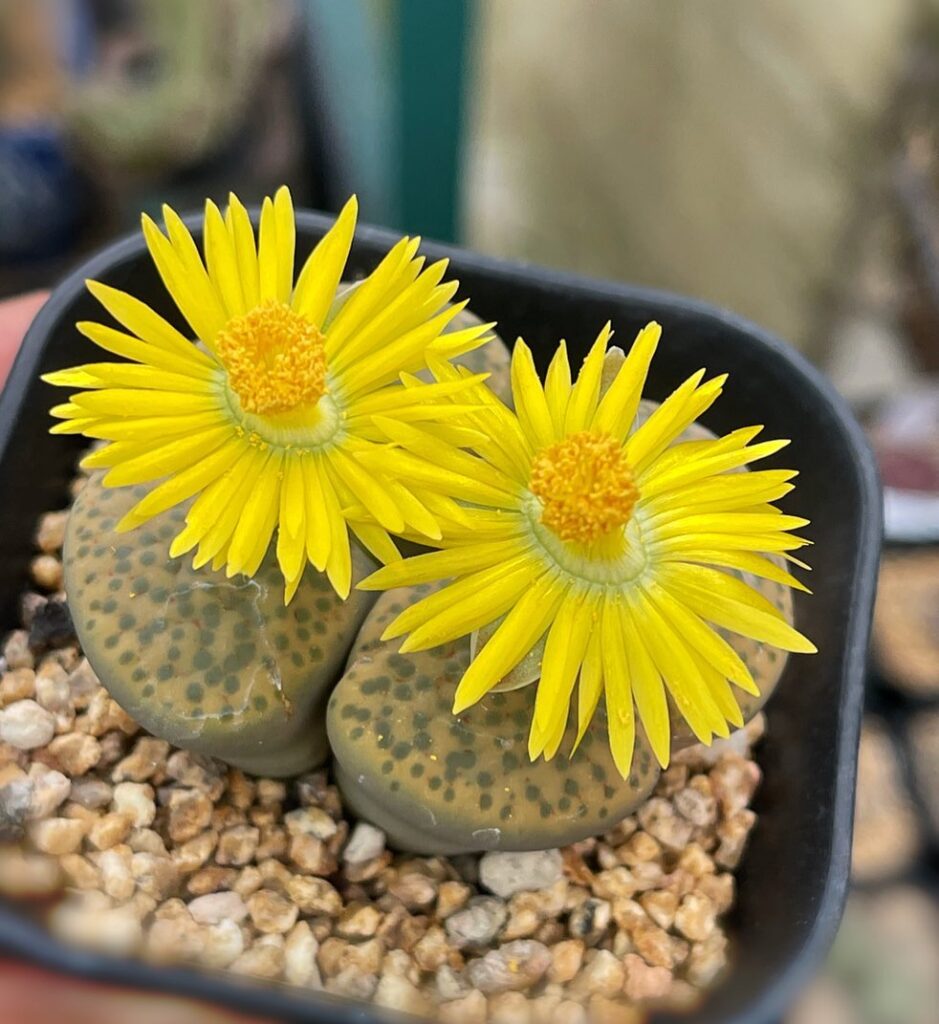
Lithops look like tiny rocks but are actually plants. They’re very unique and fun to look at.
- Needs 6–8 hours of sunlight daily
- Water only when the soil is dry (every 2–3 weeks)
- Grows by splitting and forming new plants
Air Plants
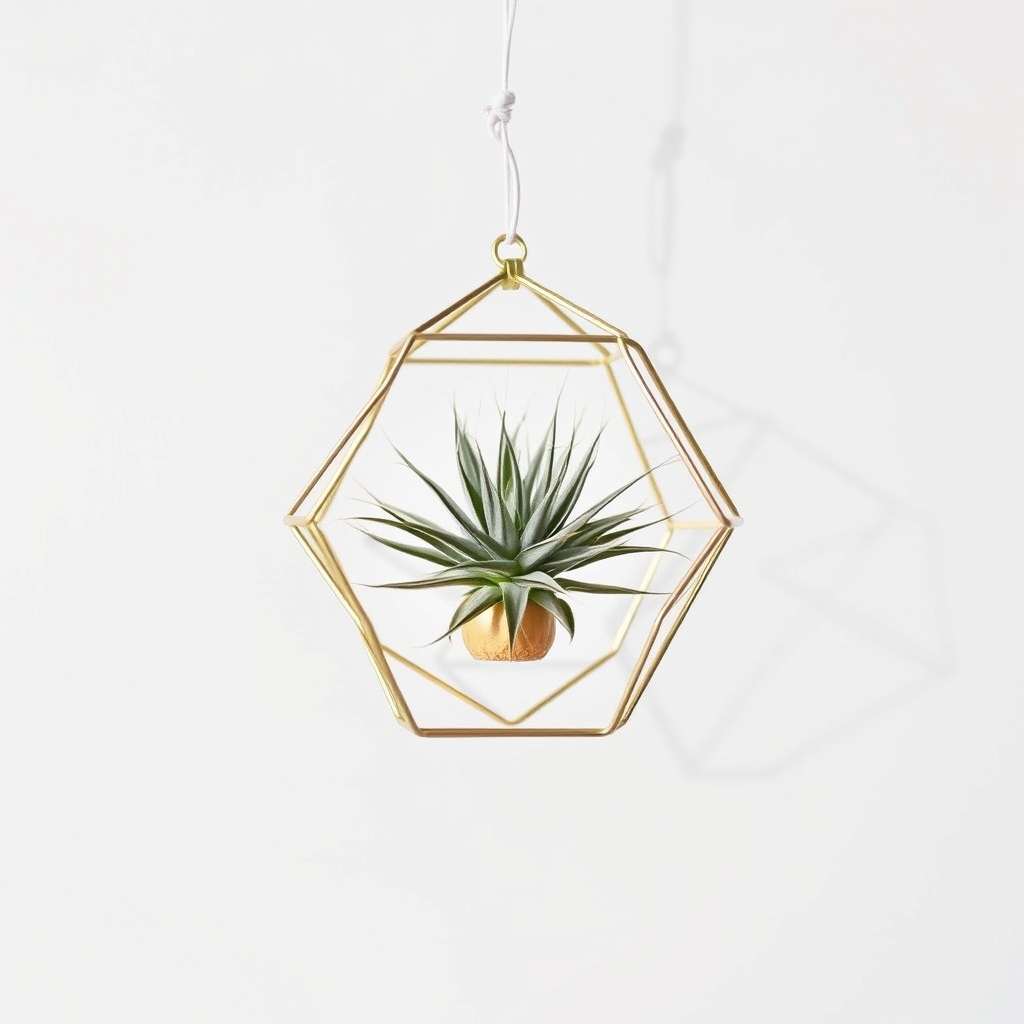
Air plants don’t need soil at all! They get water and food from the air through their leaves.
- Soak in water for 20–30 minutes once a week
- Dry fully within four hours
- Display on stands, glass containers, or wood
Plants That Do Well in Low Light
Baby Tears
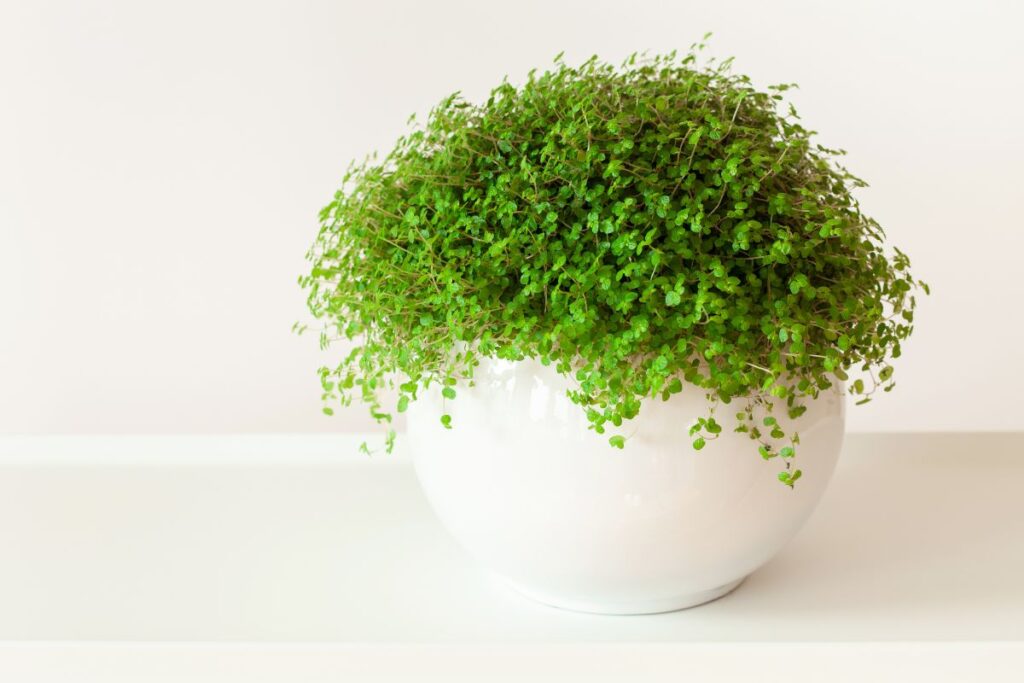
Baby Tears have tiny leaves that grow in thick mats and spill over pots.
- Doesn’t need a lot of light
- Likes moist soil and needs more water than most plants
African Violets
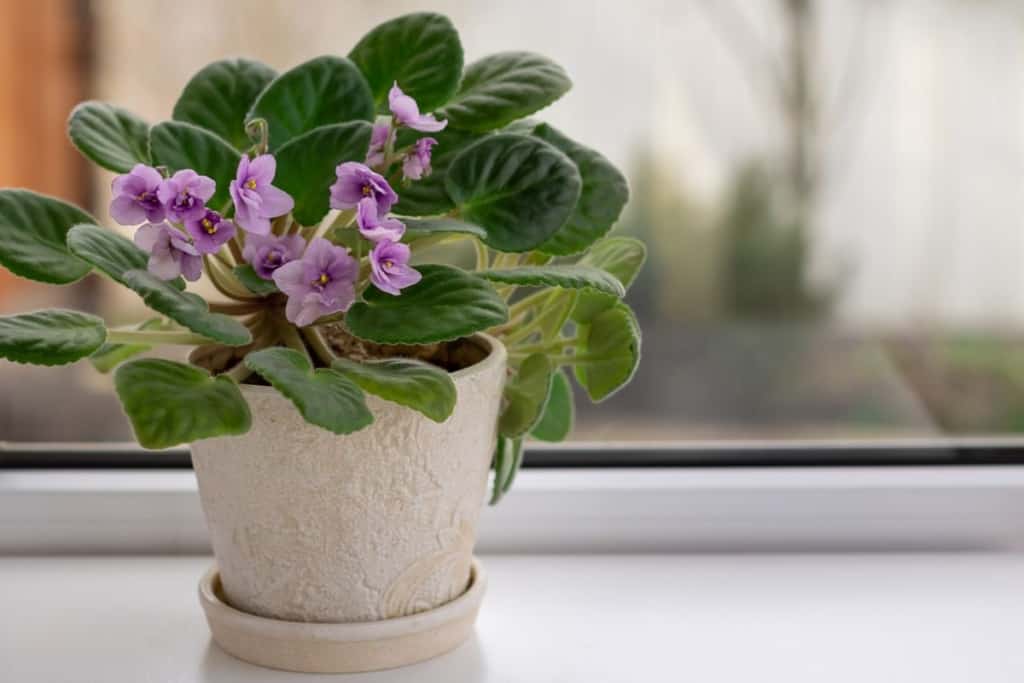
These fuzzy-leafed plants bloom with pretty flowers all year long.
- Grows well in low to medium light
- Let the soil dry a little before watering again
Low-Maintenance Champions
Chinese Money Plant
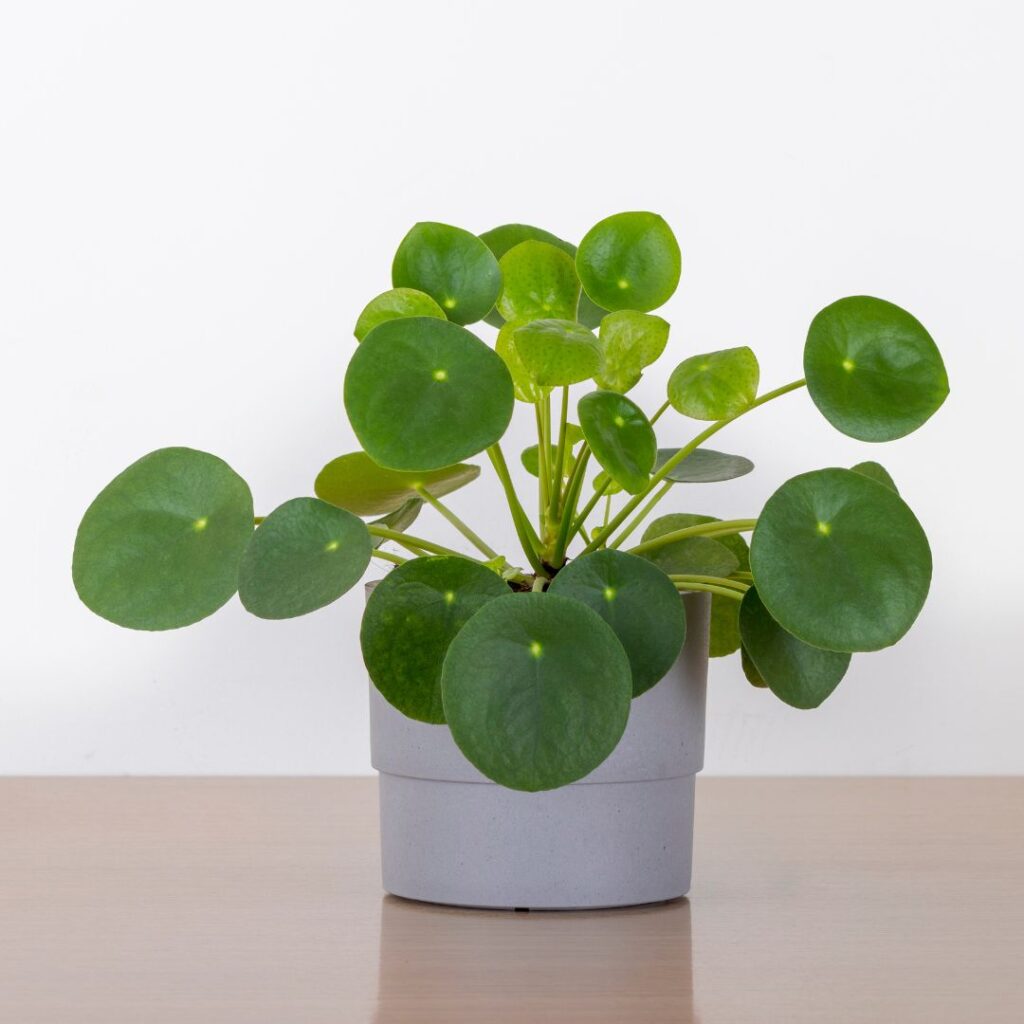
This round-leafed plant is easy to grow and perfect for beginners.
- Makes new little plants (called offsets) you can replant
- Needs medium light and occasional watering
ZZ Plant
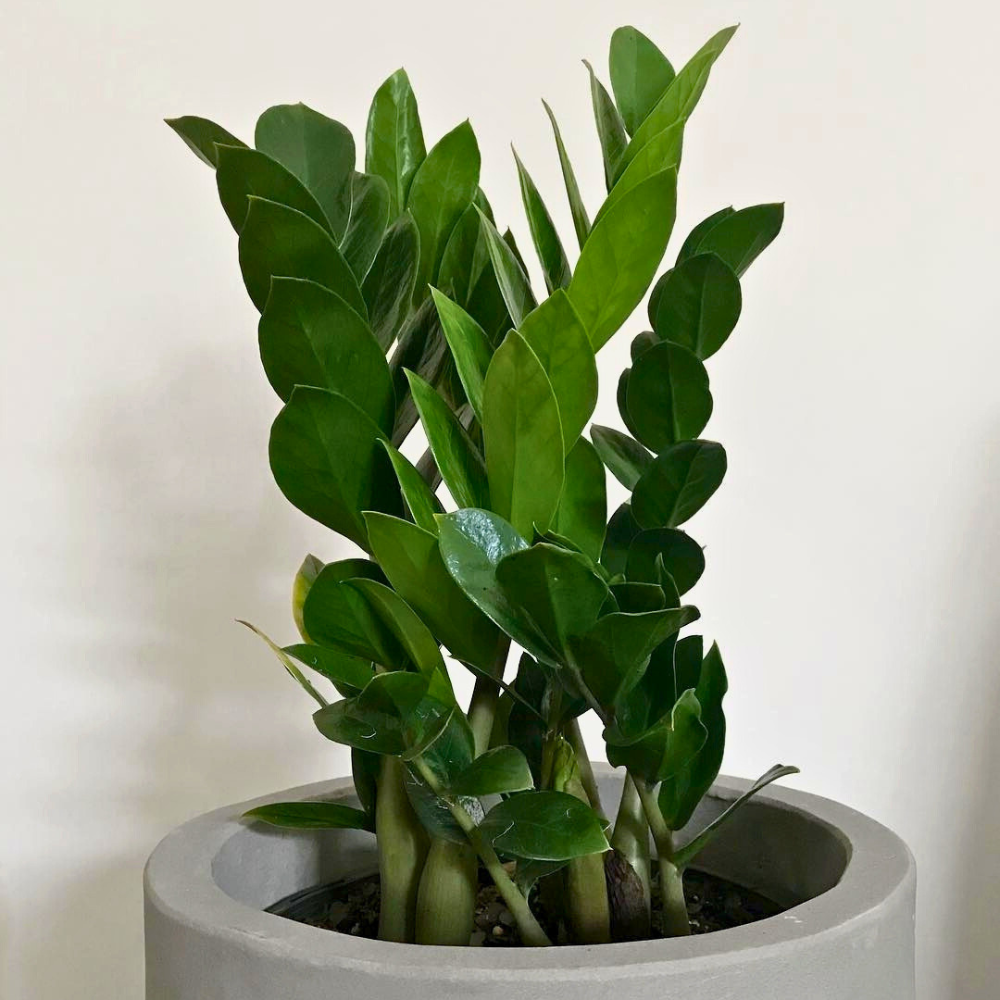
The ZZ Plant has shiny dark green leaves and hardly needs any care.
- Can grow in low light
- Doesn’t need frequent watering
Weird and Wonderful Specialty Plants
Moon Cactus

Moon cacti have colorful tops and stay small, perfect for display.
- Needs bright, indirect light
- Water carefully—not too often
Venus Fly Trap
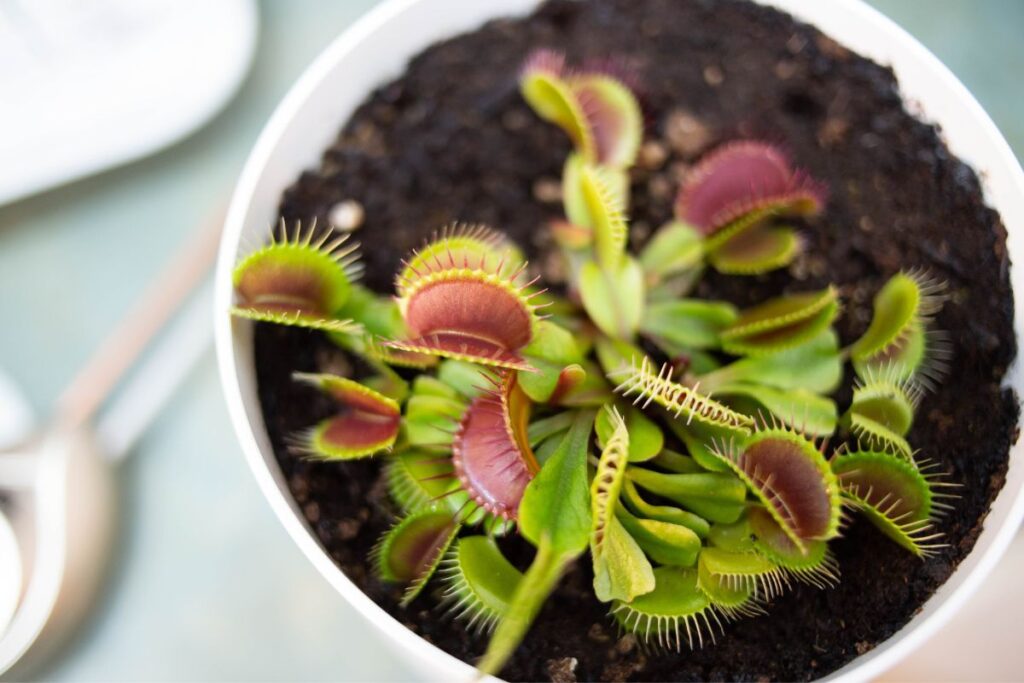
This fun carnivorous plant eats bugs!
- Use distilled water only
- Feed live insects once a month
Baby Toes
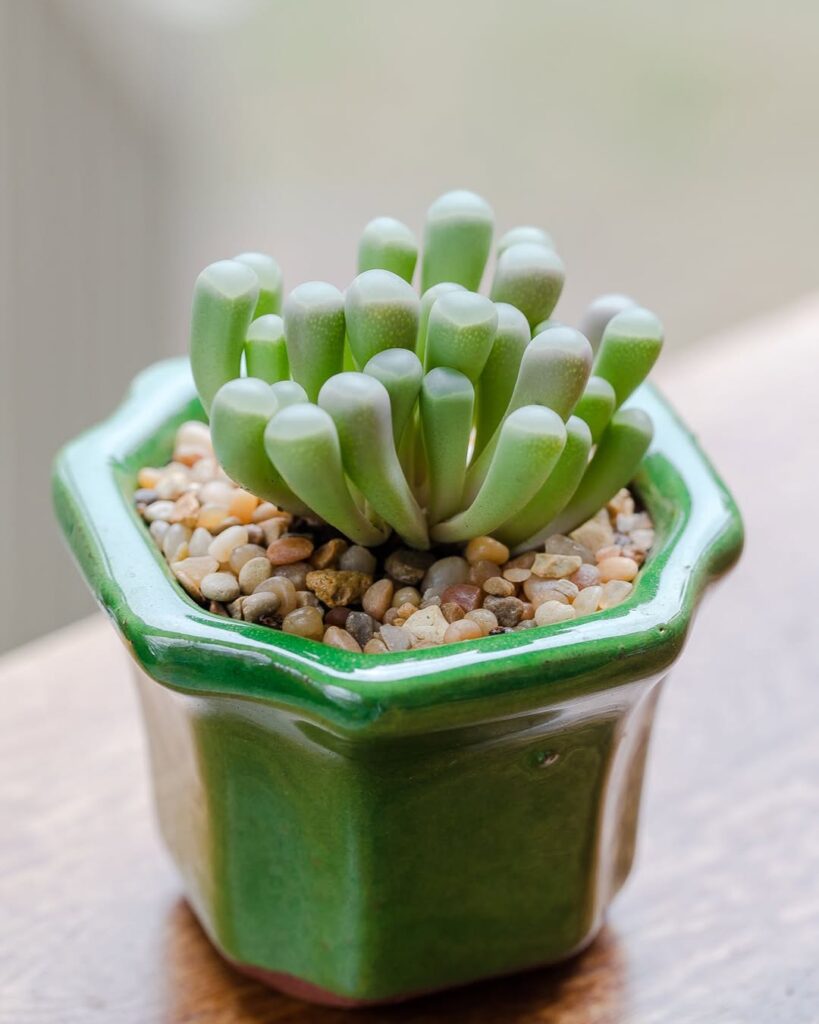
These succulents look like tiny toes sticking out of the soil.
- Needs lots of sunlight
- Only water a little
Easy Tips for Tiny Plant Care
- ✅ Small pots dry out fast—check soil every 2–3 days
- ✅ Use well-draining soil (like cactus mix for succulents)
- ✅ Avoid garden soil—it’s too heavy for small plants
- ✅ Watch the light—small plants can’t bounce back from bad lighting as easily
